ZENAQ SUPER BLANK
Technology
Proven technology giving form to the ideal
The world’s finest rod blanks
匠技
SCROLL
Concept
ZENAQ SUPER BLANK
Over the years we have refined our skills through laborious trial and error, and we have developed blank production technologies to transform our ideals into reality.
We create the world’s best rod blanks using our solid technological strength.
We create the world’s best rod blanks using our solid technological strength.
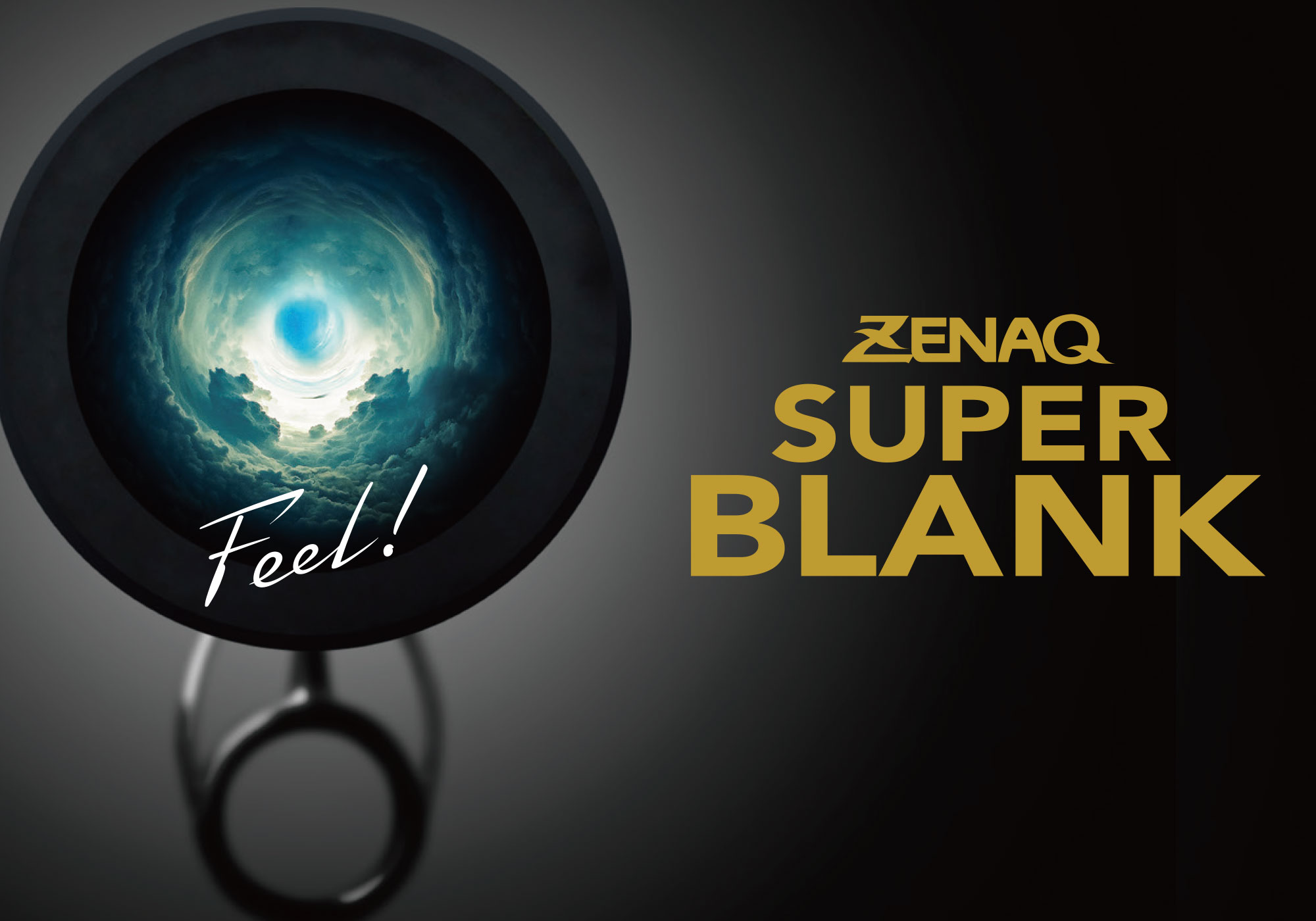
ZENAQ fishing rod manufacturing milestones
and fishing rod history
History
-
1960s:
Production begins on bamboo rod, the original fishing rodZENAQ’s predecessor, Sasakura Fishing Rod Manufacturer, started manufacturing bamboo rods in 1960.
It takes true craftsmanship to make uniform fishing rods out of bamboo which differs piece-by-piece in joint length and thickness.
The machines to make them were all designed and built by the company itself through a continuous process of trial and error.
It was a time when such craftsmanship was honed to produce fishing rods suitable for each fish.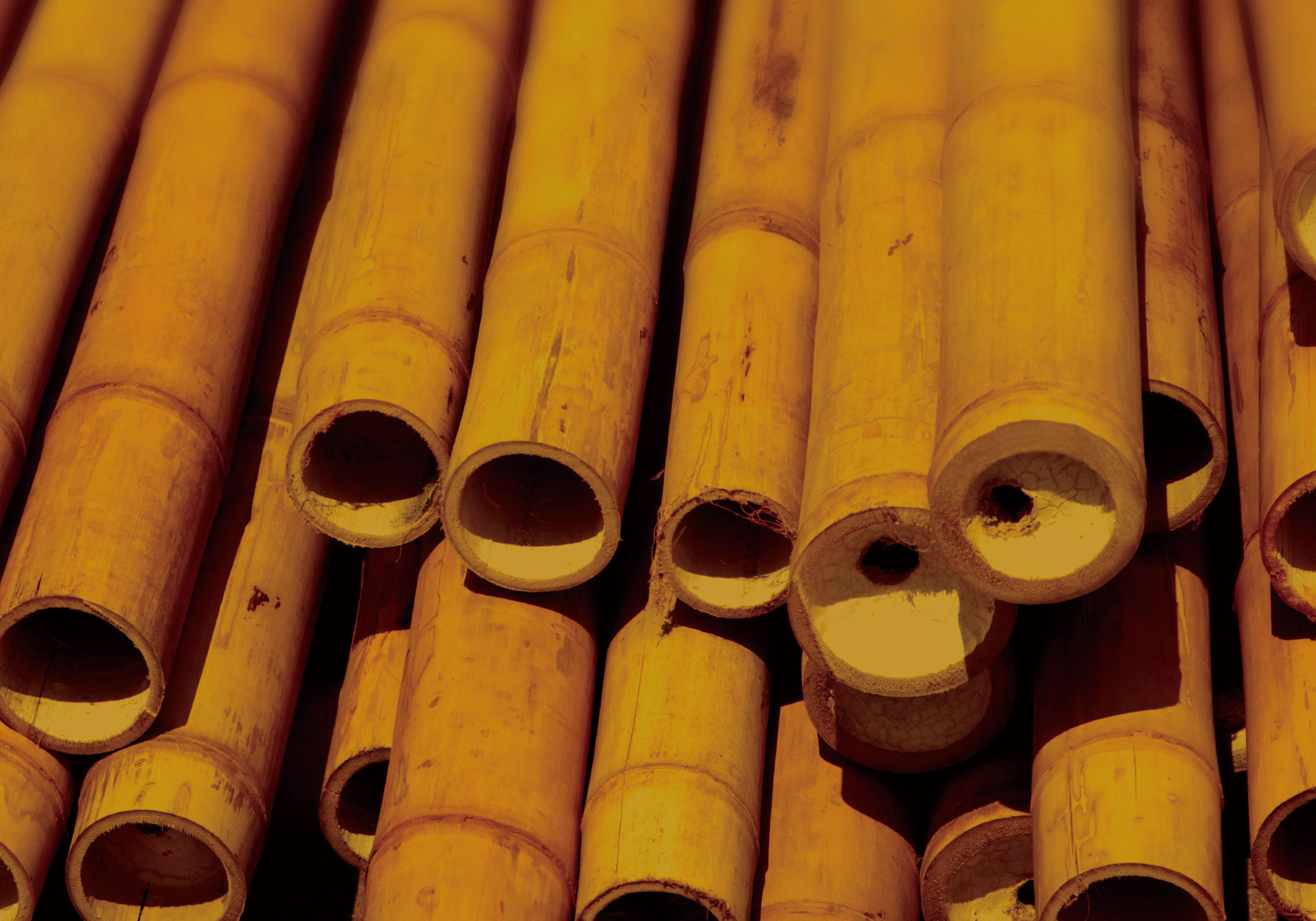
-
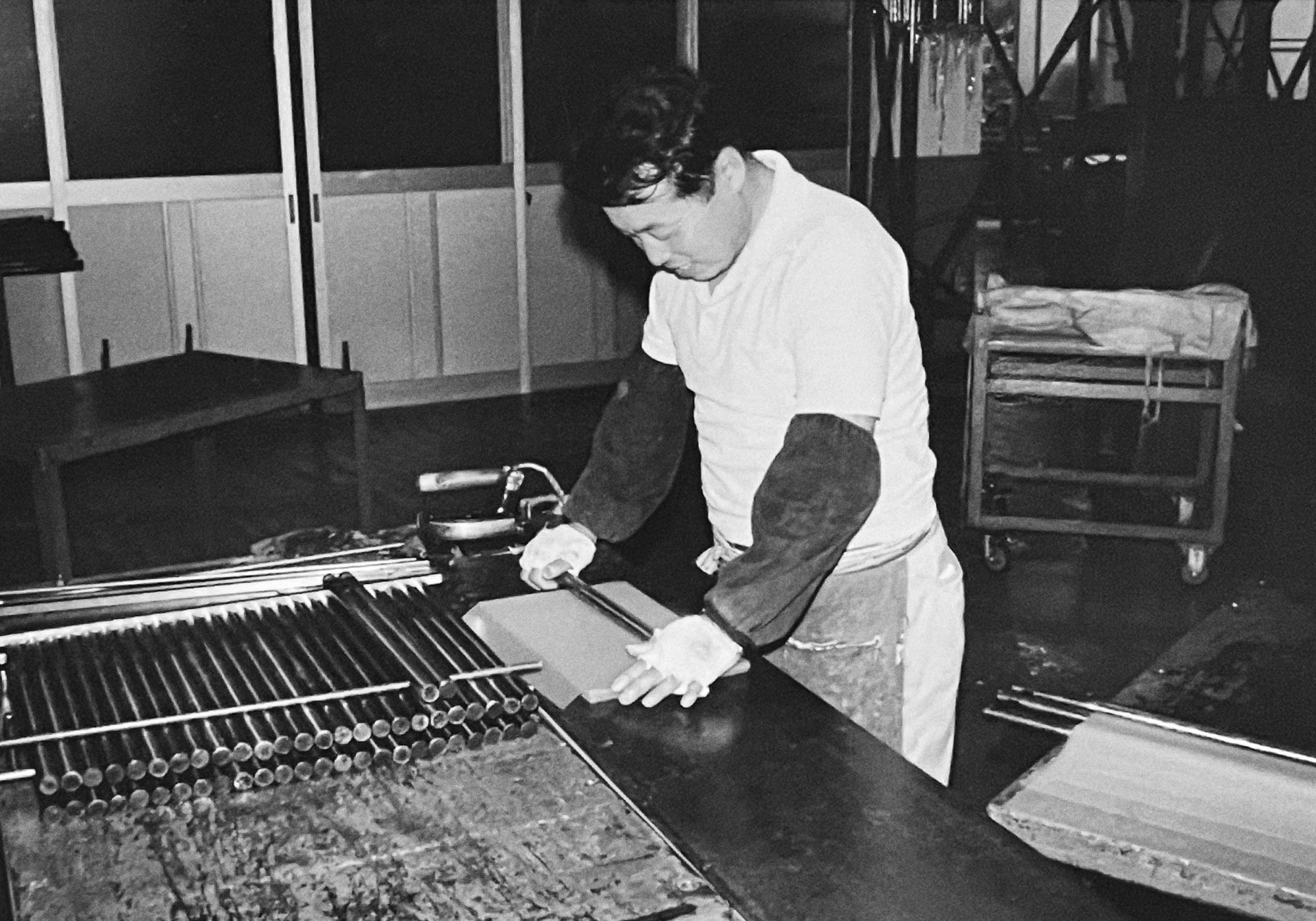 1970s:
1970s:
Enter fiberglassIn the 1970s, fiberglass, or so-called "GFRP," spread rapidly through the fishing industry.
As a replacement for heavy bamboo rods, it brought about a major revolution in fishing rods with unprecedented lightness and maneuverability as well as suitability for mass production.
Our company also used fiberglass, first to manufacture crucian carp rods, then mountain stream rods and rock fishing rods, and later the much-anticipated sweetfish (Ayu) rods.
But looking back from our current era of carbon, these rods were awfully heavy and thick while lacking resilience.
Compensating for this therefore required a lot of trial and error with mandrel tapers and GFRP laminate design.
We were also able to build up our surface preparation and other coating technologies. -
1980s:
Carbon fiber transforms the industryThe next revolutionary material to appear was carbon fiber, or "CFRP." With an elastic modulus and lightness far superior to fiberglass, the material was a huge step forward for fishing rod technology.
The biggest advantage we saw at the time was for the Ayu rod, which was heavy and hard to handle, so making it out of carbon enabled dramatically lighter, longer blanks.
In this way, CFRP brought about a revolution in every type of fishing, and everything changed and evolved significantly including the fiberglass era mandrel designs and blank construction technology.
At the time, however, there were still not many kinds of carbon fiber or resin, and standards were also low.
Carbon prepreg (carbon sheet impregnated with resin) had such a short lifespan that it would end up being scrapped if it was not processed immediately after arriving at the fishing rod factory, so it was delivered to the factory covered with dry ice to prevent the resin from hardening.
Carbon materials back then were still difficult to work with in terms of blank construction as well as other aspects.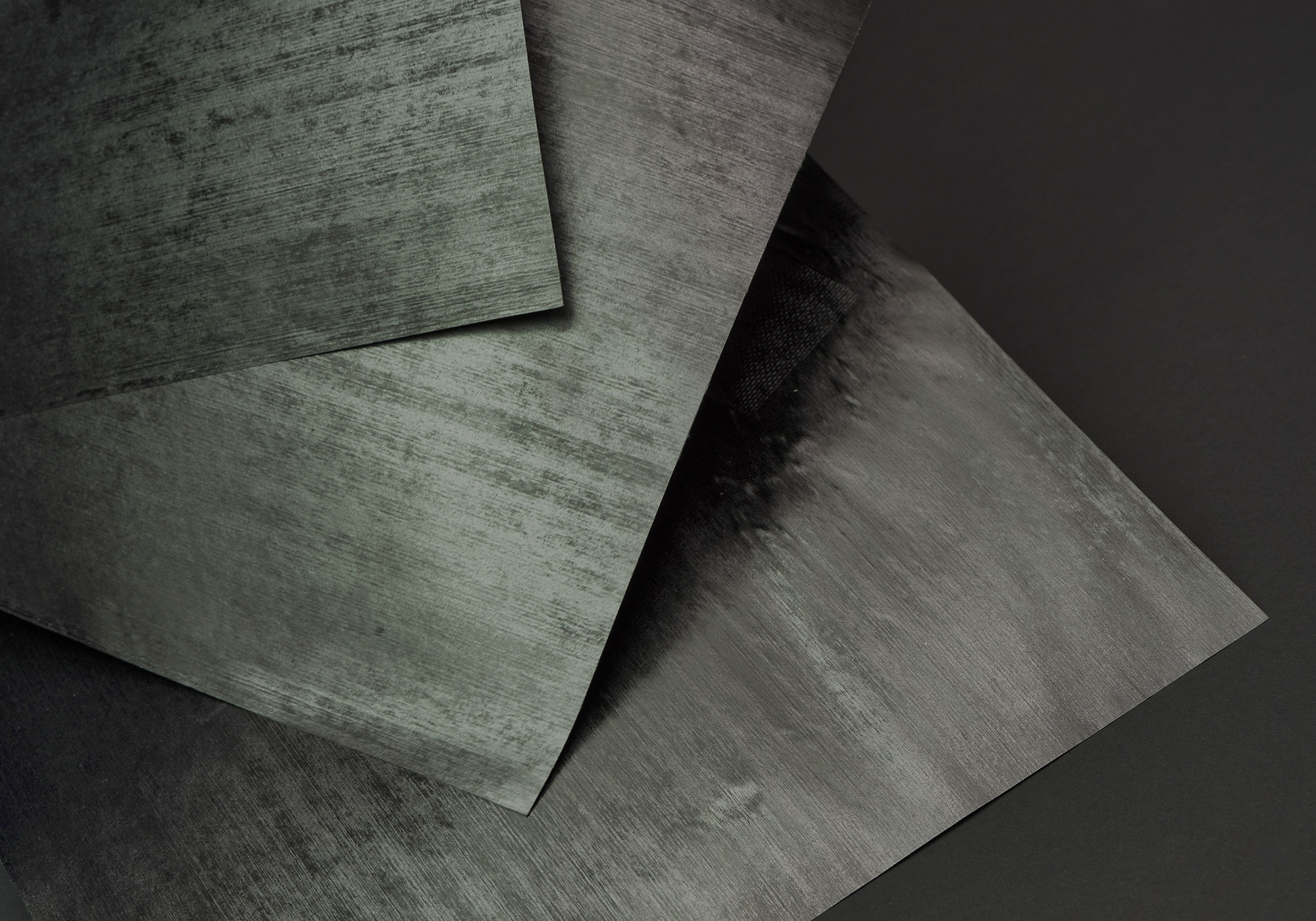
-
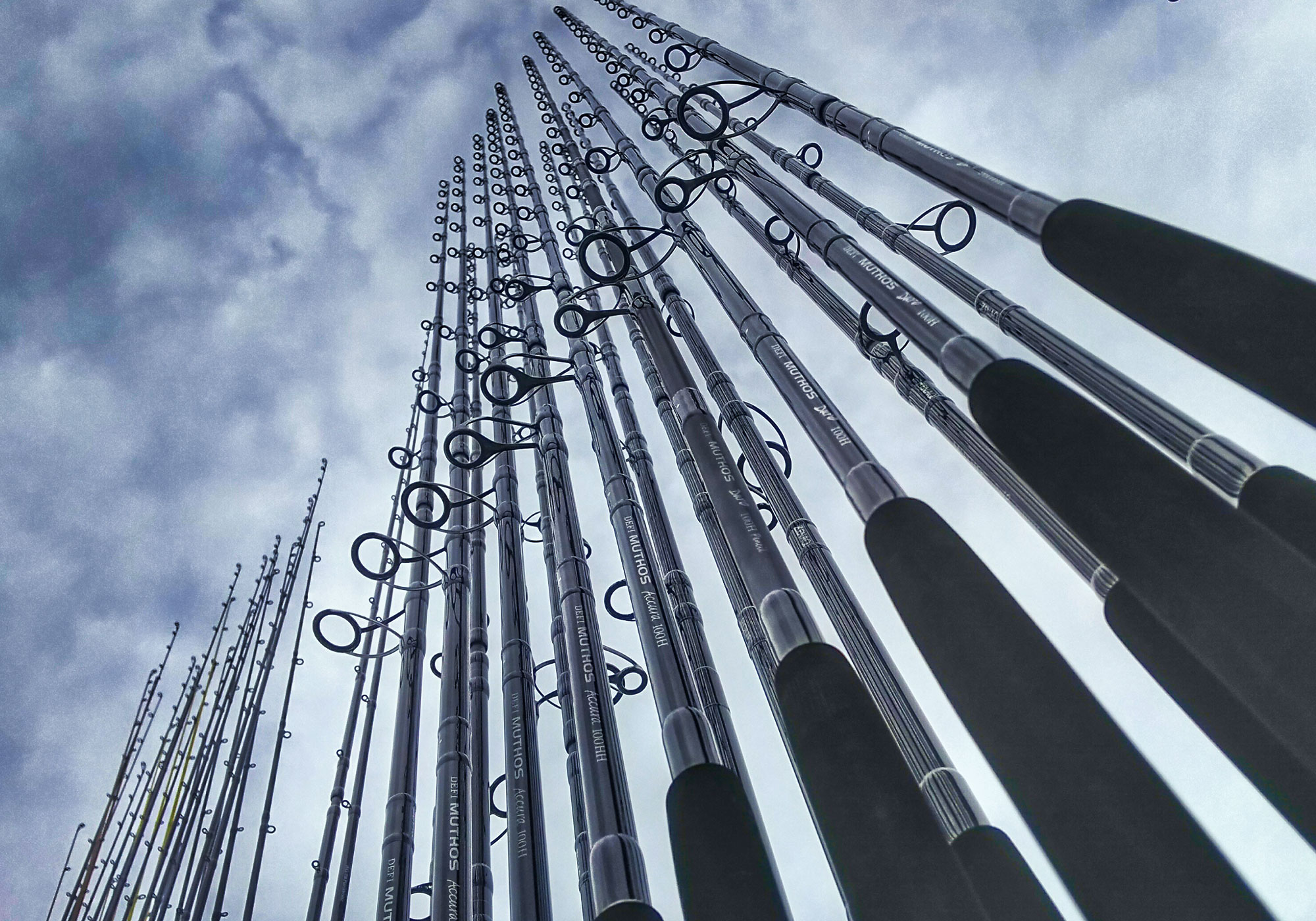 One of the main factors propelling Japanese fishing rod manufacturers to dominance over rod manufacturers from other countries was the presence of first-rate carbon manufacturers (Toray, Mitsubishi Rayon, then Toho Beslon, etc.) in Japan.
One of the main factors propelling Japanese fishing rod manufacturers to dominance over rod manufacturers from other countries was the presence of first-rate carbon manufacturers (Toray, Mitsubishi Rayon, then Toho Beslon, etc.) in Japan.
The strict demands of rod manufacturers led to fierce competition among carbon manufacturers to develop high-performance, high-elasticity carbon products one after another.
The appearance and development of this revolutionary carbon material was a driving force behind major changes among rod manufacturers and throughout the fishing industry.
As anglers’ techniques improved, and fishing became more specialized, rods, too, continued moving toward greater specialization and further evolution.
We were also working to hone our techniques in that era, constantly refining our painstaking designs and construction technologies to achieve improved lightness with thin-walled carbon fiber as well as greater unbreakable strength in our Ayu rods and rock fishing rods, which are said to require the highest skill among fishing rods. -
1990s to present:
ZENAQ SUPER BLANKThis ultimate construction technology has remained in use since we shifted our focus toward the manufacture of lure rods.
The fact that ZENAQ rods have earned a reputation for being thin yet unbreakable, and that we have been able to release a series of industry firsts such as our pioneering jigging rods and eging rods and even rock shore rods, is due to the accumulation of proven rod technologies that we have single-minded cultivated since 1960 and which have become the backbone of today’s ZENAQ rods.
Since our founding, we have released well over 2,000 models, honing and passing on our experience and refined techniques in the same factory at the same location.
ZENAQ takes ideas born in the real world of fishing based on the "I’m an angler" concept and provides anglers with thrills through an innovative approach found nowhere else and proven technology that is "handmade in Japan."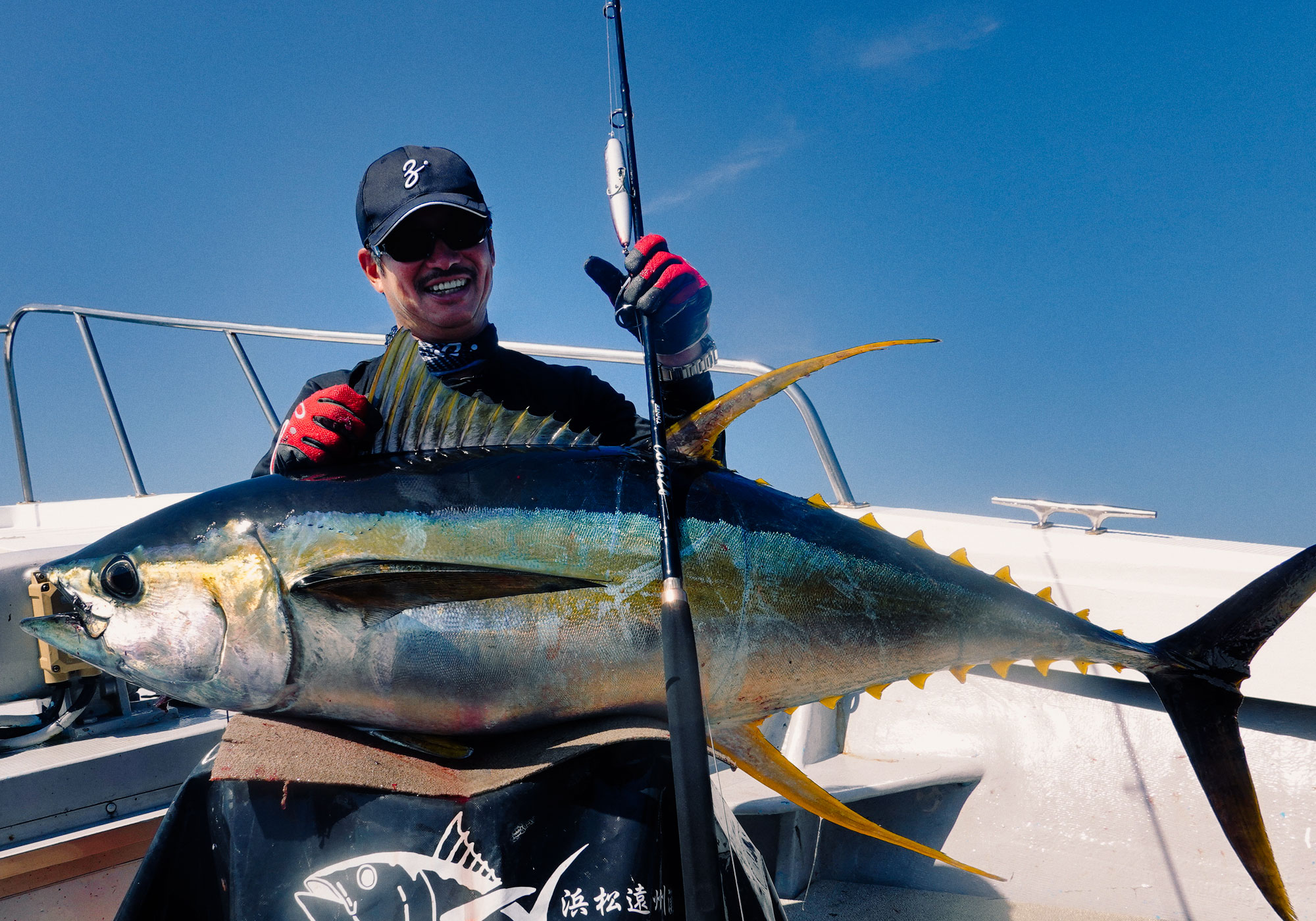
- HOME
- TECHNOLOGY
- ZENAQ SUPER BLANK
